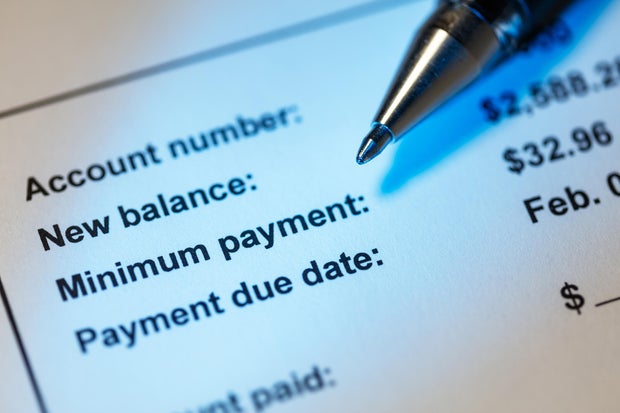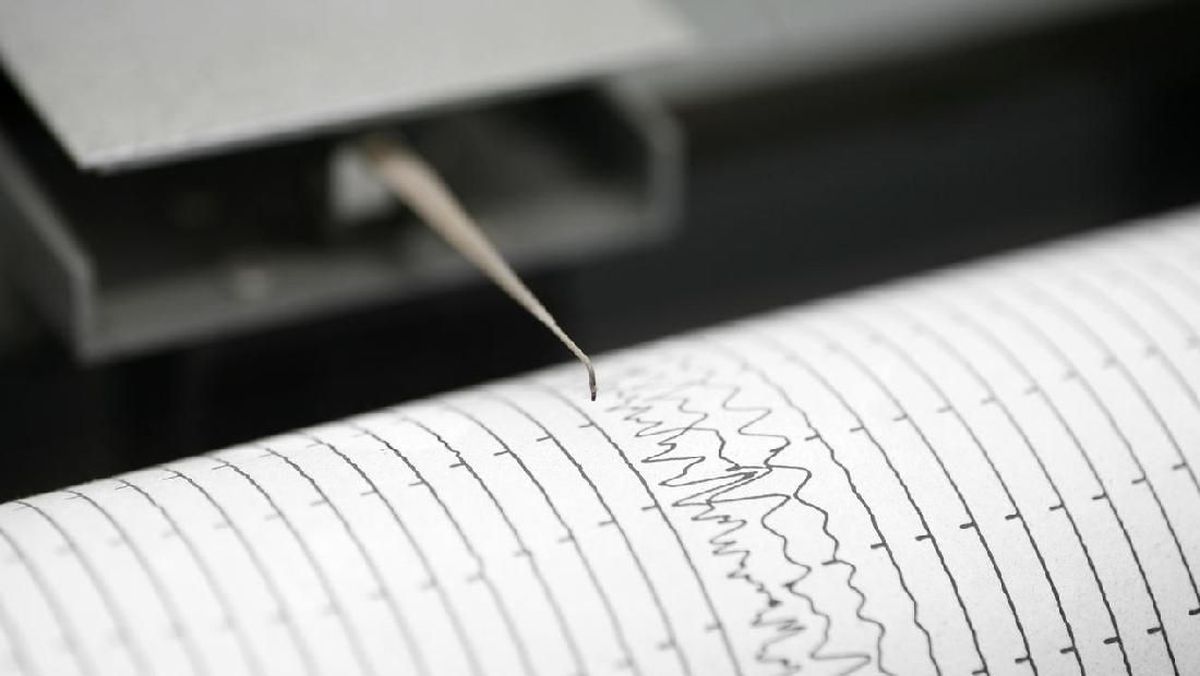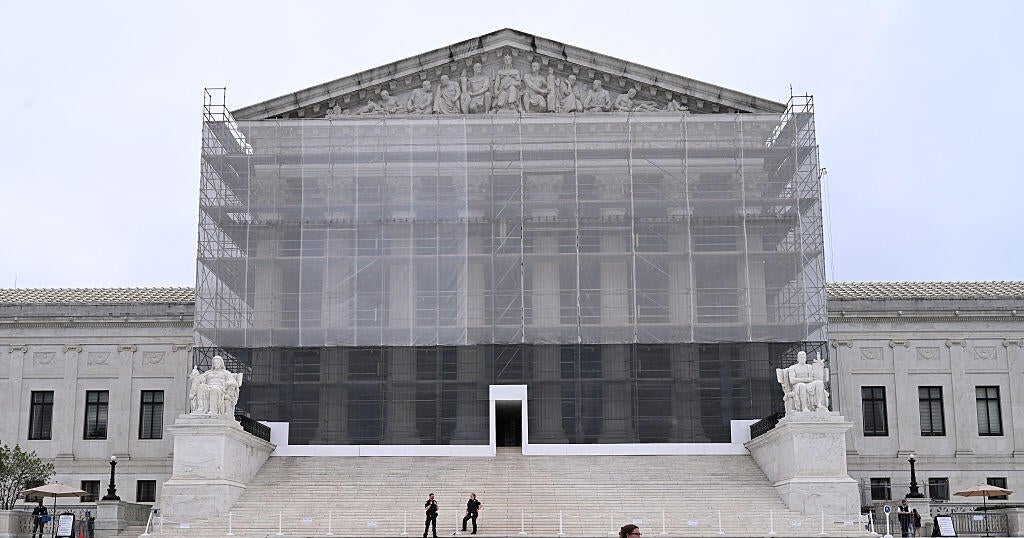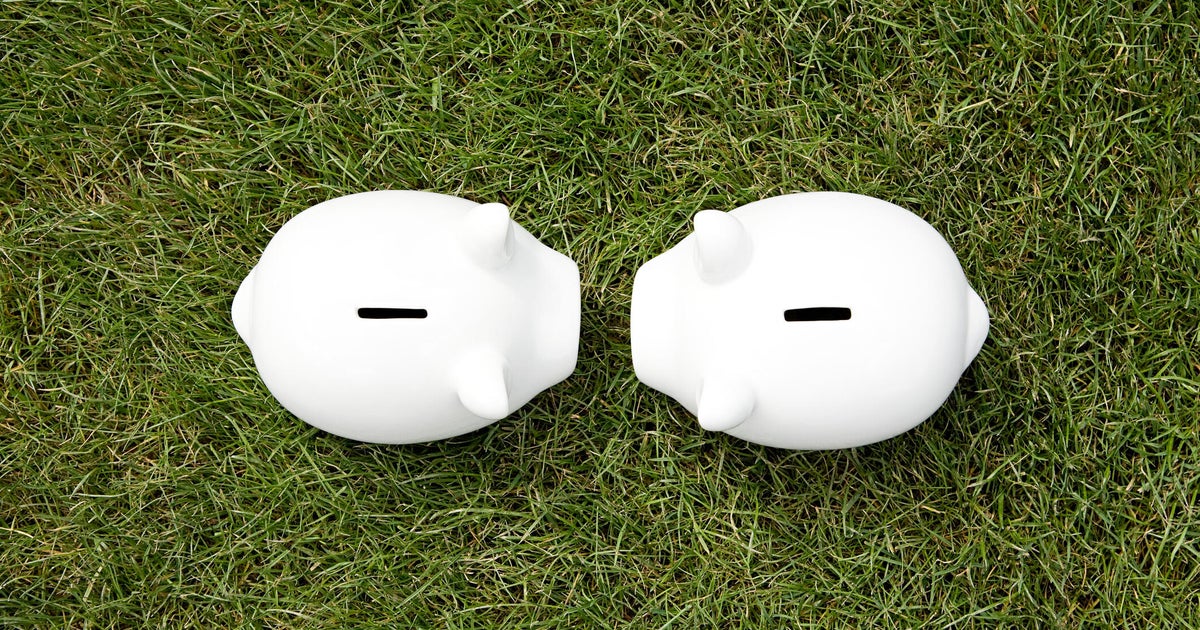 Understanding how minimum payments work can save you hundreds or thousands of dollars in interest and help you expedite the debt repayment process.
Getty Images/iStockphoto
Understanding how minimum payments work can save you hundreds or thousands of dollars in interest and help you expedite the debt repayment process.
Getty Images/iStockphoto
Carrying a balance on your credit card is far from unusual these days. With prices climbing due to sticky (and rising) inflation, more people are leaning on plastic to cover everything from their everyday expenses, like groceries and rent, to their unexpected bills. That, in turn, has made it more difficult for many cardholders to get rid of any credit card debt they have, and today's nearly 22% average credit card rates are only compounding the issue.
But if you're feeling the financial pressure from carrying a credit card balance in today's high-rate, inflationary landscape —let's say $2,000 in this case — and wondering how much you absolutely have to pay this month to stay current, the answer might surprise you. Your credit card minimum payments are designed to keep your account in good standing, but they're not necessarily your ticket to becoming debt-free anytime soon.
So, what exactly is the minimum payment on a $2,000 credit card balance right now, and what should you know before making that payment? That's what we'll examine below.
Find out what credit card debt relief options are available to you today.
What's the minimum payment on a $2,000 credit card balance?
Credit card issuers use different formulas to determine your minimum payment each month. While the calculation methods vary slightly from one company to the next, they all share one thing in common: They're designed to keep your account in good standing while ensuring the lender earns interest.
Here are the most common ways credit card minimums are calculated:
- Flat percentage of your balance: Many issuers require you to pay a set percentage of your total balance each month, often between 1% and 3%.
- Percentage plus interest and fees: Some lenders use a slightly more complex formula that combines 1% of your balance plus accrued interest and any fees from that billing cycle.
- Flat dollar amount: If your balance is small, issuers generally require a flat minimum payment, like $25 or $35, to cover interest and principal.
- Interest-only minimum: While less common, this formula is still used by some lenders, and it covers just the accrued interest for the month, meaning your principal balance doesn't decrease unless you pay extra.
To better understand how these calculations work, let's crunch the numbers for a $2,000 balance at an APR of 22%.
Flat percentage of your balance (2%):
- $2,000 x 2% = $40 minimum payment
- This formula doesn't include interest, though, so your balance would shrink very slowly.
Percentage plus interest and fees (1% + interest):
- 1% of $2,000 = $20
- Monthly interest at 22% APR: $2,000 x (22% ÷ 12) = $36.66
- $20 + $33.33 = $56.66 minimum payment
Flat dollar minimum ($35)
Many issuers set a floor for minimum payments. With a $2,000 balance, you'd likely pay more than $35 because the percentage-based formulas apply to higher balances.
Interest-only minimum
- Monthly interest: $36.66
- Minimum payment: $36.66
Learn how to get rid of your credit card debt for less now.
Why you should pay more than just the minimum (and what to do if you can't)
Making only the minimum payment each month might feel like it's giving you some financial breathing room, but it's an expensive habit to fall into. Credit card interest compounds, meaning that over time, both your principal balance and the interest charges accrue more interest, so the longer you carry a balance, the more in total interest you rack up. On the other hand, adding even a little extra to your payment each month can shave years off your repayment timeline. The more principal you pay down early, the less interest you'll owe in the long run.
Paying more than the minimum isn't always feasible, though. If you're struggling to pay more but want to get rid of your debt, you may want to consider these debt relief strategies:
- Transfer your balance: You can also consider moving your balances to a balance transfer card with a 0% intro APR. This allows you to pay off your debt interest-free during the promo period.
- Consolidate your debt: Rolling multiple credit card debts into one loan with a lower interest rate can simplify payments and help you save on interest.
- Consider settling your debt: By pursuing credit card debt forgiveness, you may be able to reduce your balance by 30% to 50% or more in return for a lump-sum payment on the account.
- Enroll in a debt management program: With this type of program, a credit counselor works with you to create a plan for paying off your debt while working with your card issuers to reduce your rates and fees.
- Take advantage of a hardship program: You can also ask about hardship programs or interest rate reductions if you're struggling financially, as many card issuers offer this type of support to cardholders.
The bottom line
The minimum payment on a $2,000 credit card balance might be as low as about $40 to $60, depending on your issuer. But while paying that amount keeps you in good standing, it's not a strategy for getting out of debt quickly or cheaply. To avoid years of payments and high interest, aim to pay as much above the minimum as you can. And if your balance feels overwhelming, explore your debt relief options to regain control before your debt situation worsens.
Angelica Leicht is the senior editor for the Managing Your Money section for CBSNews.com, where she writes and edits articles on a range of personal finance topics. Angelica previously held editing roles at The Simple Dollar, Interest, HousingWire and other financial publications.


















































